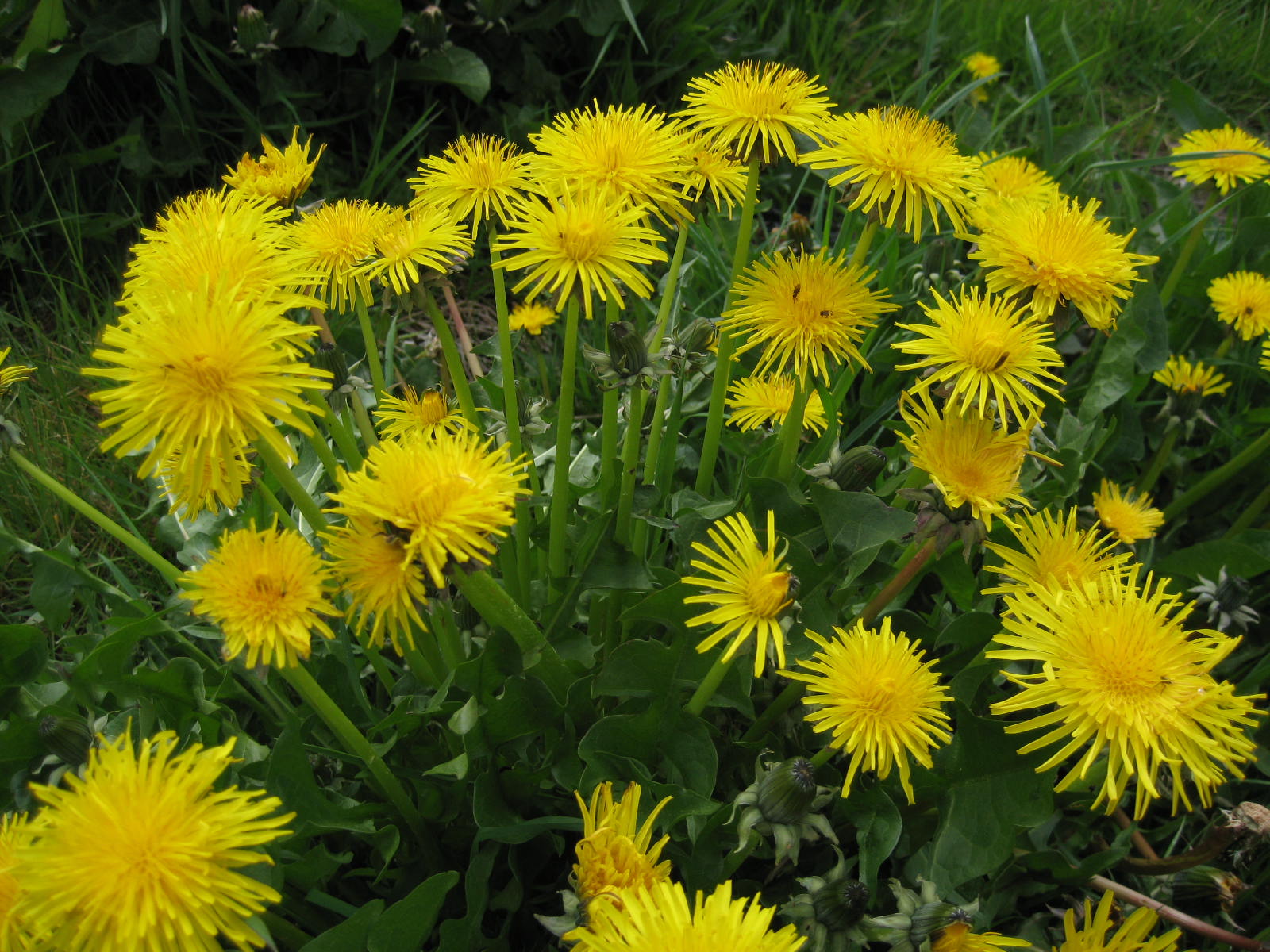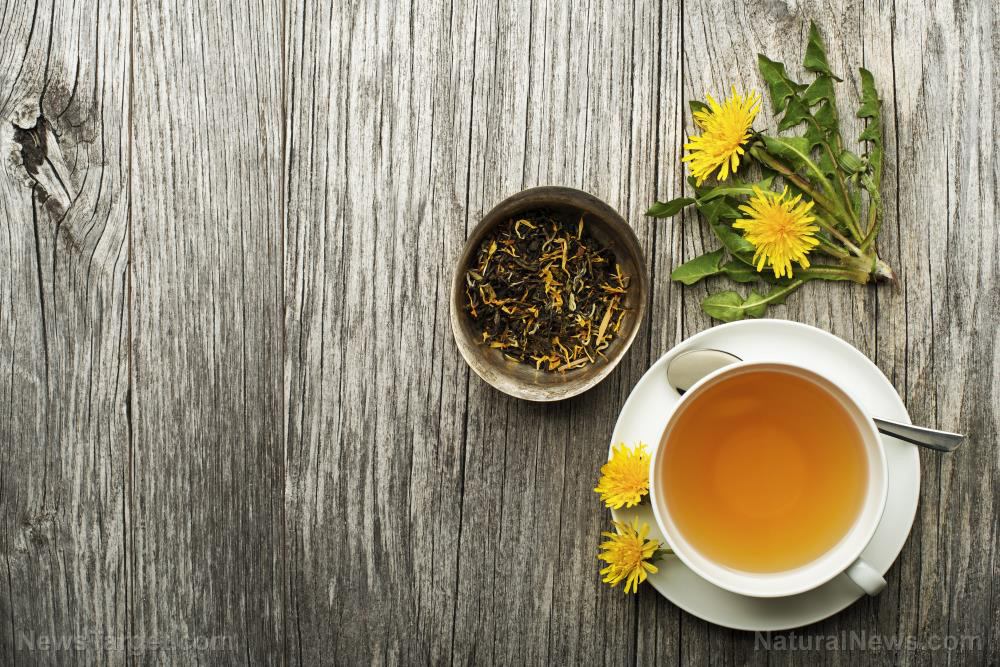
Most people think of dandelions as nothing but invasive weeds out to ruin their lawns. But preppers know that dandelions are just as useful as herbs and beneficial plants in home gardens. When SHTF, it pays to know how to forage for edible weeds like dandelions so you can add them to your stockpile or arsenal of medicinal plants.
Read on to learn about the benefits of dandelions and tips on how to forage for them. (h/t to SurvivalCache.com)
Benefits of dandelions
Dandelions can sustain you in a pinch for four main reasons.
- They're abundant. Dandelions are arguably the most common weed in most lawns. It's found in practically every kind of habitat, such as forests, cultivated fields, rocky hillsides and ditches along roads.
- They're easy to identify. Dandelions are identifiable by their yellow blooms that grow on single, unbranching and hollow stems. Properly identifying plants is a key skill that preppers should master as many poisonous plants look similar to non-poisonous ones.
- They're nutritious. Most parts of the dandelion are edible and they're actually quite nutritious. Their stems contain calcium, potassium, iron, manganese and vitamins A, C and K, while their roots are a good source of fiber. The leaves can be added to salads, while the flowers can be used to make tea.
- They have medicinal uses. Natural healers have used dandelions for hundreds of years as a remedy for all sorts of health problems, such as constipation, high blood sugar, kidney stones and hepatitis.
How to forage for dandelions
The common dandelion (Taraxacum officinale) can be easily identified in the spring and summer by its round yellow flower. Once it goes to seed, the flower disappears and is replaced by a spherical fluff of seeds.
If you look closely, you'll notice that each seed is attached to the core of the fluff orb. The seeds have what look like stems coming out from each one. On top of that stem-like structure is white fluff. The entire thing, from seed to white fluff, resembles an umbrella. When blown by the wind, the white fluff acts like a parachute, hitching a ride on the wind and carrying the seed somewhere it can begin growing.
Dandelion stems are easily identified by their nearly transparent green appearance. If you snap one open, it may secrete a milky, white sap. The stem is also completely hollow.
Meanwhile, the dandelion's basal leaves, which grow around the base of the flower, have a jagged, sawtooth appearance. This makes them stand out from surrounding vegetation.
Here are some tips to keep in mind when foraging for dandelions:
- Use a knife or cutting shears to harvest dandelions.
- Stay away from areas where you know the ground has been treated with chemicals. If in doubt, do not harvest the dandelions.
- Wash all parts of the dandelion that you intend to use.
- When refrigerated, dandelions can last for a couple of days.
How to make dandelion coffee
Dandelion leaves are tender and slightly bitter. They can be tossed into salads, stir-fried or added to soups.
The flowers, on the other hand, are often used to make bread and wine. As for dandelion roots, they can be boiled to create mash or roasted with other edible roots. Roasting brings out the sweetness in the roots and gives them a flavor similar to coffee. (Related: Forager favorites: How to make dandelion tea, salad and jelly.)
Here's a simple recipe for dandelion coffee:
Ingredients:
- Dandelion roots
Preparation:
- Place the roots in a strainer and give them a good washing to remove dirt.
- Cut the roots into cubes. Cut off any stringy roots if you don't want your coffee to taste burnt.
- Roast the roots in a skillet over high heat. Stir to avoid burning. You can also spread them out on a cookie sheet or pan and roast them in the oven at 350 degrees Fahrenheit for 30 minutes or until browned.
- Add your dandelion coffee to a pot of boiling water. Steep for 10 minutes.
- Pour the coffee into a mug through a strainer to remove any solid bits. Add honey or cinnamon if desired.
Learn more about other versatile edible weeds for wilderness survival at Survival.news.
Sources include:
Please contact us for more information.















